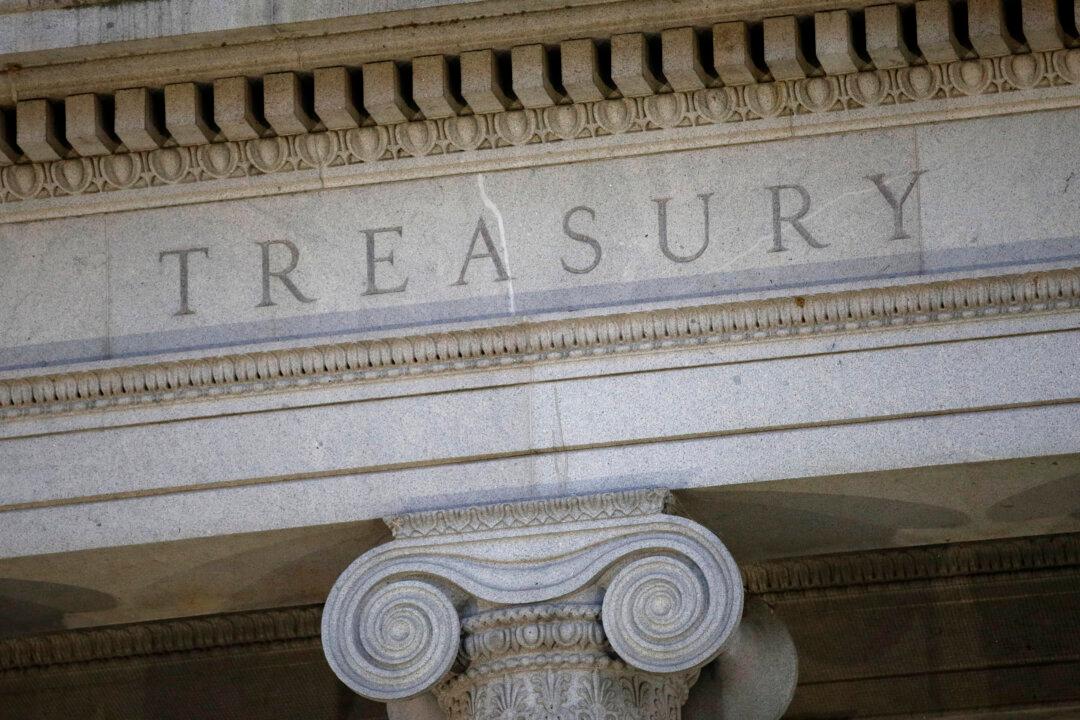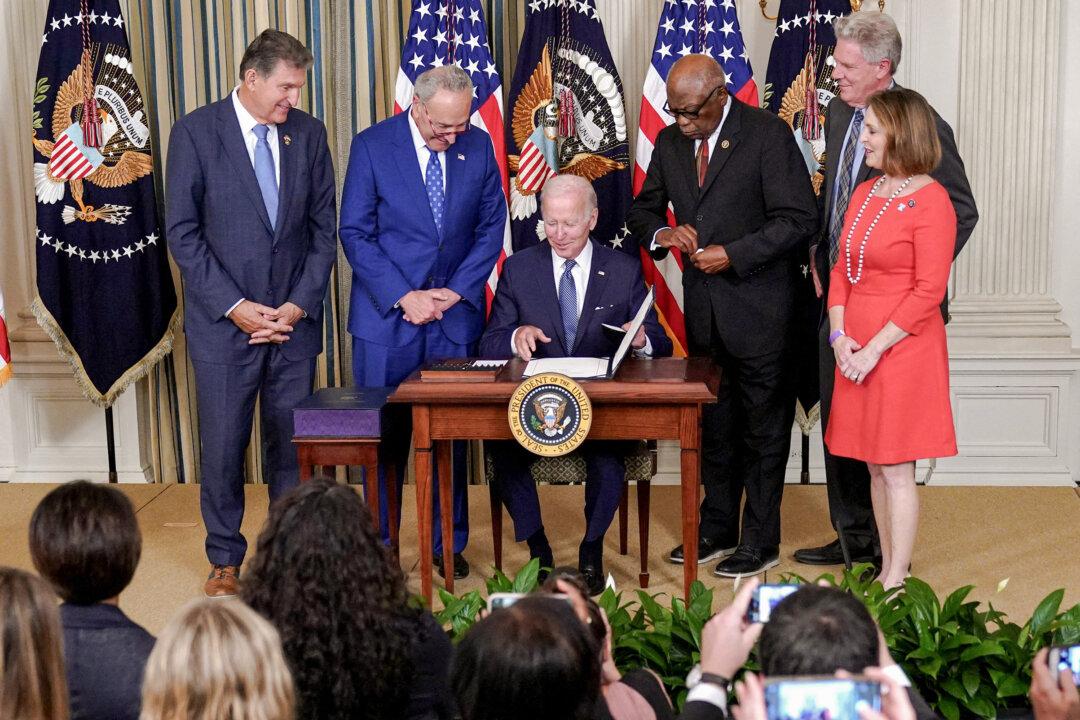Commentary
Over the past few weeks, various new tax schemes have been proposed in other newspapers. I have read ideas from Keynesian economists about how to broaden the tax base in places as liberal as The New York Times and as mainstream conservative as The Wall Street Journal.





